Codirectors

Meredith Fowlie is the Class of 1935 Endowed Chair in Energy, and Professor of Agricultural and Resource Economics, at the University of California, Berkeley. Her research interests include market-based environmental regulations, energy efficiency, and energy use in emerging economies. She has been an NBER affiliate since 2008.

Christopher Knittel is the George P. Shultz Professor of Applied Economics at the MIT Sloan School of Management. His research ranges widely in environmenetal and energy economics, focused on firm and consumer responses to public policies. He has been an NBER affiliate since 2004.
Featured Program Content
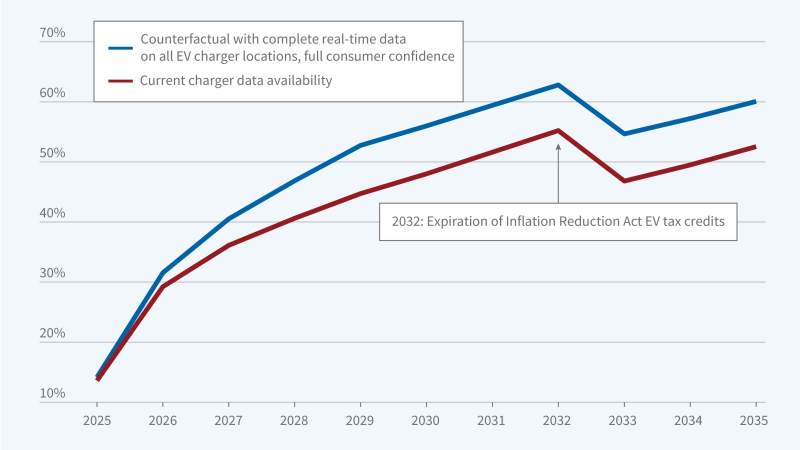
Charging infrastructure reliability and accessibility remain significant impediments in the transition to electric vehicles (EVs). While the Bipartisan...
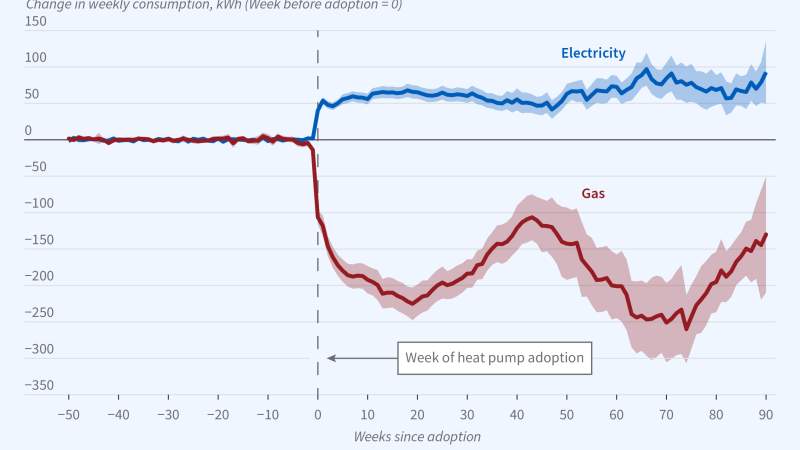
In Decarbonizing Heat: The Impact of Heat Pumps and a Time-of-Use Heat Pump Tariff on Energy Demand (NBER Working Paper 33036), researchers Louise Bernard,...

Most retail electricity customers face constant electricity prices even though the hourly costs of electricity production vary substantially. In The...
Loding Complete
Explore Program Content
November 21, 2025 - Conference
September 11-12, 2025 - Conference
July 21-22, 2025 - Conference
May 22, 2025 - ConferenceProgram
May 1, 2025 - ConferenceProgram
Author(s) - Darin Christensen, Tamma Carleton, Esther Rolf, Cullen Molitor, Shopnavo Biswas, Karena Yan & Graeme Blair
Artisanal and small-scale mining (ASM) supplies livelihoods and critical minerals but has been linked to conflict and environmental degradation. We enable monitoring of this largely informal sector by creating high-resolution maps of ASM's footprint in Africa using machine learning models that...

April 1, 2025 - Article
Author(s) - Omar Asensio, Elaine Buckberg, Cassandra Cole, Luke Heeney, Christopher R. Knittel & James H. Stock
Charging infrastructure reliability and accessibility remain significant impediments in the transition to electric vehicles (EVs). While the Bipartisan Infrastructure Law included substantial investments to expand the charging network, potential EV buyers often struggle to determine whether chargers...
We introduce a new methodology to detect and measure economic activity using geospatial data and apply it to steel production, a major industrial pollution source worldwide. Combining plant output data with geospatial data, such as ambient air pollutants, nighttime lights, and temperature, we train...
Flood protection infrastructure investments, such as Army Corps of Engineers levees, can enhance resilience to flood risks amplified by climate change. We estimate levees benefits by exploiting repeat residential property transactions. In areas protected by levees, home values increase 3-4 percent....
March 27-28, 2025 - ConferenceProgram
The prospect for electric vehicles (EVs) as a climate change solution hinges on their widespread adoption across political lines. This paper uses county-level data to show that from 2012-2023, about half of all new EV registrations in the U.S. went to the 10% most Democratic counties. This...
March 20-21, 2025 - ConferenceProgram
There is growing recognition of the relative importance of anthropogenic emissions of methane as a contributor to global climate change. An important source of such emissions in some countries, including the United States, is the oil and gas (O&G) sector. This points to the importance of developing...
This chapter surveys new data sources employed in urban and regional economics in the past decade and the insights they have enabled. We first provide a primer on the data sources, including advantages, disadvantages and use cases. Historical data sources include linked census records as well as...
This paper surveys the literature that links macroeconomics and climate change. We organize our review into three categories: (i) loss and damage, which assesses long-run economic costs and non-market impacts from climate change; (ii) mitigation and the energy transition, which evaluates the...
We estimate the effect of competition on incumbent firm pricing by using high frequency price data and the precise geographic location for all gas stations in California. Using an event study design, we find that the entry of a new station is associated with a 2.5 cent decrease in prices at...
We analyze the adoption of clean technology by heterogeneous firms subject to financing constraints. In the model, capital goods differ in terms of their energy needs and age. In equilibrium, cleaner and newer capital requires more financial resources. Therefore, financial constraints induce an...
Over 2 billion people lack clean drinking water. Existing solutions face high costs (piped water) or low demand (point-of-use chlorine). Using a 60,000 household cluster-randomized experiment we test an increasingly popular alternative: decentralized treatment and home delivery of clean water to the...
Many governments and businesses would like to minimize or eliminate the greenhouse gases that result from their purchases of power from electricity grids. Because electricity flows cannot be traced from purchasers back to specific generators, some regulators and users have proposed an approximation....
Many behavioral responses to climate change are carbon-intensive, raising concerns that adaptation may cause additional warming. The sign and magnitude of this feedback depend on how increased emissions from cooling balance against reduced emissions from heating across space and time. We present an...
Exposure to ambient air pollution has been shown to be detrimental to human health and productivity, and has motivated many policies to reduce such pollution. However, given that humans spend 90% of their time indoors, it is important to understand the degree of exposure to Indoor Air Pollution (IAP...
Using China's expansion of the high-speed rail system (HSR) as a quasi-natural experiment, we analyze the comprehensive vehicle registration data from 2010 to 2023 to estimate the causal impact of HSR connectivity on the adoption of electric vehicles (EVs). Implementing several identification...
A near-catastrophic drought in Cape Town, South Africa illustrates three general implications of climate change for publicly-provided utility services. First, to reduce aggregate water demand, the public utility increased prices, leading to large demand reductions by richer households. Prior to the...
Extreme heat imperils health and results in more emergency department (ED) visits and hospitalizations. Since temperature affects many individuals within a region simultaneously, these health impacts could lead to surges in healthcare demand that generate hospital congestion. Climate change will...
We examine the recent literature that studies the spatial distribution of economic activity across both space and time. We discuss the methodological advances enabling the incorporation of dynamic forces of economic activitysuch as endogenous innovation, forward-looking location choices, capital and...
This paper uses U.S. Toxic Release Inventory data on air lead emissions to provide IV estimates of the effects of air lead concentration on infant mortality. The causal effect of lead on infant mortality is identified by annual variation in air fugitive lead emissions interacted with wind speed near...
Author(s) - Viral V. Acharya, Stefano Giglio, Stefano Pastore, Johannes Stroebel, Zhenhao Tan & Tiffany Yong
We build a general equilibrium model to study how climate transition risks affect energy prices and the valuations of different firms in the energy sector. We consider two types of fossil fuel firms: incumbents that have developed oil reserves they can extract today or tomorrow, and new entrants...
A large literature uses nonattainment status under the U.S. Clean Air Act (CAA) to measure regulatory stringency and to instrument for air pollution in studies of the impact of the CAA on health and other endpoints. Since 1978 U.S. Environmental Protection Agency (EPA) has regulated ambient air...
We study racial differences in internal migration responses to one of the most severe climatic shocks in US historythe drought of the 1930s. Using data from the 1940 census on 65 million adults, we find that individuals exposed to more severe drought between 1935 and 1940 were more likely to make an...
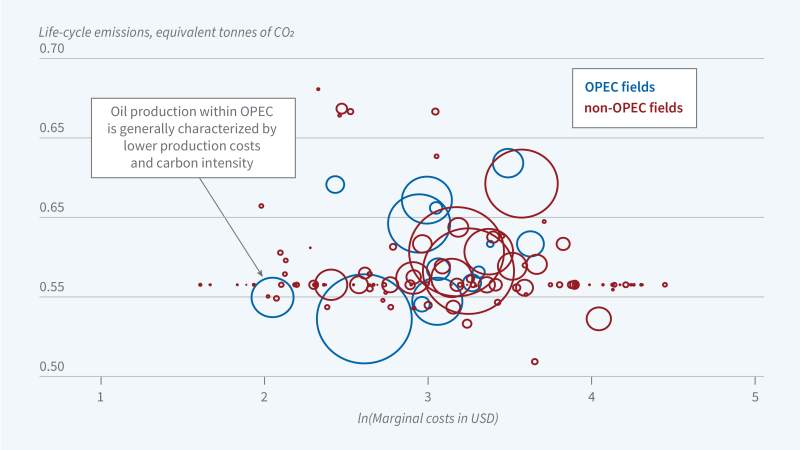
February 1, 2025 - Article
Author(s) - John Asker, Allan Collard-Wexler, Charlotte De Canniere, Jan De Loecker & Christopher R. Knittel
The global oil sector accounted for more than 40 percent of anthropogenic CO 2 emissions in 2021. The Organization of the Petroleum Exporting Countries (OPEC) cartel power restricts oil supply, which in turn reduces the environmental externalities of fossil fuel use. OPECs influence on prices also...

February 1, 2025 - Article
In Decarbonizing Heat: The Impact of Heat Pumps and a Time-of-Use Heat Pump Tariff on Energy Demand (NBER Working Paper 33036), researchers Louise Bernard, Andy Hackett, Robert D. Metcalfe, and Andrew Schein study the impact of heat pumps, a low-carbon alternative to gas boilers, on household energy...
How do environmental goods and policies shape spatial patterns of economic activity? How will climate change modify these impacts over the coming decades? How do agglomeration, commuting, and other spatial forces and policies affect environmental quality? We distill theoretical and empirical...
Electric vehicle (EV) battery costs have declined by more than 90% over the past decade. This study investigates the role of learning-by-doing (LBD) in driving this reduction and its interaction with two major government policies consumer EV subsidies and local content requirements. Leveraging rich...
Particulate matter (PM) is a major, clinically important air pollutant. A large portion of emitted PM crosses borders, damaging health outside of its originating jurisdiction, but due in part to technical obstacles these pollutant flows remain unregulated. Proposed attribution approaches assume that...
We study the economic effects of the interaction of nature loss and climate change in a model that incorporates important aspects of both processes. We capture the distinct ways in which they affect economic activitywith nature constituting a key factor of production and climate change destroying...
This paper shows that unilateral decarbonization pays for itself in large economies. We estimate economic damages from global temperature shocks and combine them with a climate-economy model to construct Domestic Costs of Carbon: $226 per ton for the United States and $216 per ton for the European...
Individuals trade present for future consumption across a range of economic behaviors, and this tradeoff may differ across socioeconomic groups. To assess these tradeoffs, we estimate a dynamic model of residential solar adoption and system sizing in California using household-level data on solar...
How can we use the novel capacities of large language models (LLMs) in empirical research? And how can we do so while accounting for their limitations, which are themselves only poorly understood? We develop an econometric framework to answer this question that distinguishes between two types of...
Author(s) - Eyal G. Frank, Maximilian Auffhammer, David McLaughlin, Elisheba Spiller & David L. Sunding
Protecting species habitats is the main policy tool employed across the globe to reduce biodiversity losses. These protections are hypothesized to conflict with private landowners interests. We study the economic consequences of the most extensive and controversial piece of such environmental...
Author(s) - Omar Isaac Asensio, Elaine Buckberg, Cassandra Cole, Luke Heeney, Christopher R. Knittel & James H. Stock
Charging infrastructure is critical to electric vehicle (EV) adoption, but for chargers to be most useful, EV drivers need to know in real time where they are and whether they are working and available. We investigate the availability of real-time data from DC fast chargers on six major US...
Author(s) - Antony Millner
This paper investigates a duality between ambiguity averse preferences and the valuation of long run risky assets or public projects. The variational ambiguity model represents preferences over ambiguous acts via a minimization problem, and is fundamentally nonprobabilistic. In contrast, long run...
Time Consistent Infrastructure Investments: Optimal Flood Protection Policies in Spatial Equilibrium
Place-based investments can have unintended general equilibrium effects and face challenges of time inconsistency. This paper simulates the granular impact of alternative spatial and temporal designs of such investments, using Quantitative Spatial Models where the strategy of the policymaker is...
We study how government policies and corporate commitments to decarbonize interact under two externalities: environmental damages and green innovation spillovers. Unconstrained carbon taxes and innovation subsidies could achieve first-best outcomes, but when government policies face constraints,...
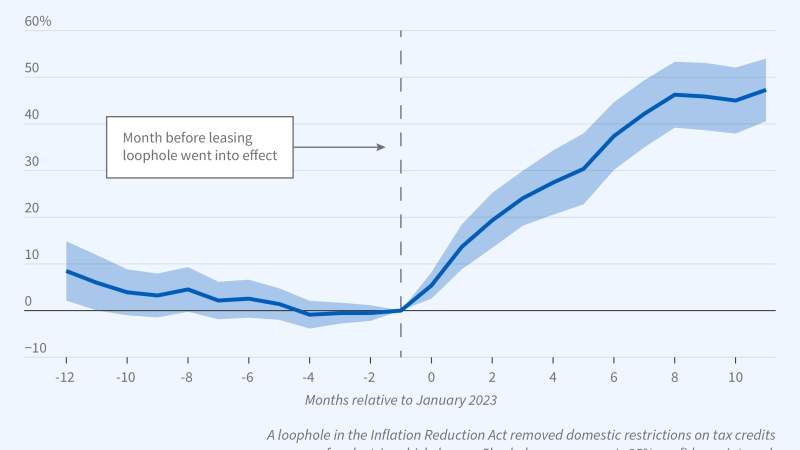
January 1, 2025 - Article
Author(s) - Hunt Allcott, Reigner Kane, Maximilian S. Maydanchik, Joseph S. Shapiro & Felix Tintelnot
The Inflation Reduction Act (IRA) relied heavily on electric vehicle (EV) subsidies to advance its goal of decarbonizing the US transportation sector. In The Effects of Buy American: Electric Vehicles and the Inflation Reduction Act (NBER Working Paper 33032), Hunt Allcott, Reigner Kane, Maximilian...
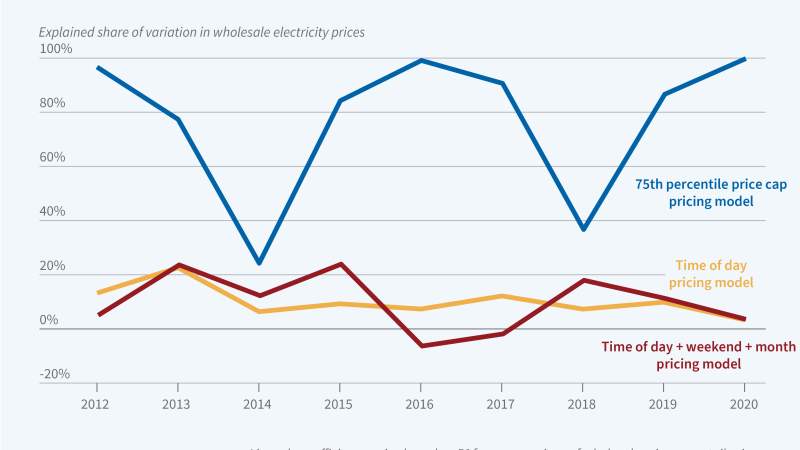
January 1, 2025 - Article
Author(s) - Andrew J. Hinchberger, Mark R. Jacobsen, Christopher R. Knittel, James M. Sallee & Arthur A. van Benthem
Most retail electricity customers face constant electricity prices even though the hourly costs of electricity production vary substantially. In The Efficiency of Dynamic Electricity Prices (NBER Working Paper 32995), Andrew J. Hinchberger, Mark R. Jacobsen, Christopher R. Knittel, James M. Sallee,...
Project
This three-year research project explores the different ways in which investors and financial markets are exposed to, and contribute to mitigating, climate change. The project highlights research that helps investors understand their portfolios exposure to climate risks and assesses how their...
We survey various ethical issues related to the use of pollution pricing. While pollution pricing, for example in the form of Pigouvian taxes or cap-and-trade systems, is widely used in environmental economics modeling, many moral and ethical assumptions lie behind those models, and many ethical...
Mounting costs of anthropogenic climate change reveal that adaptation will be essential to human well-being in coming decades. At the same time, the literature on the economics of adaptation offers relatively little guidance for emerging policy. In this chapter, we review the existing literature,...
Transition risk the financial stability risk related with decarbonization is a major source of concern. The literature has so far only studied transition risk caused by carbon tax shocks. This paper explores other potential sources of transition risk: two other policy sources subsidies to...
Field experiments provide the clearest window into the true impact of many policies, allowing us to understand what works, what does not, and why. Yet, their widespread use has not been accompanied by a deep understanding of the political economy of their adoption in policy circles. This study...
- ...
Show: results